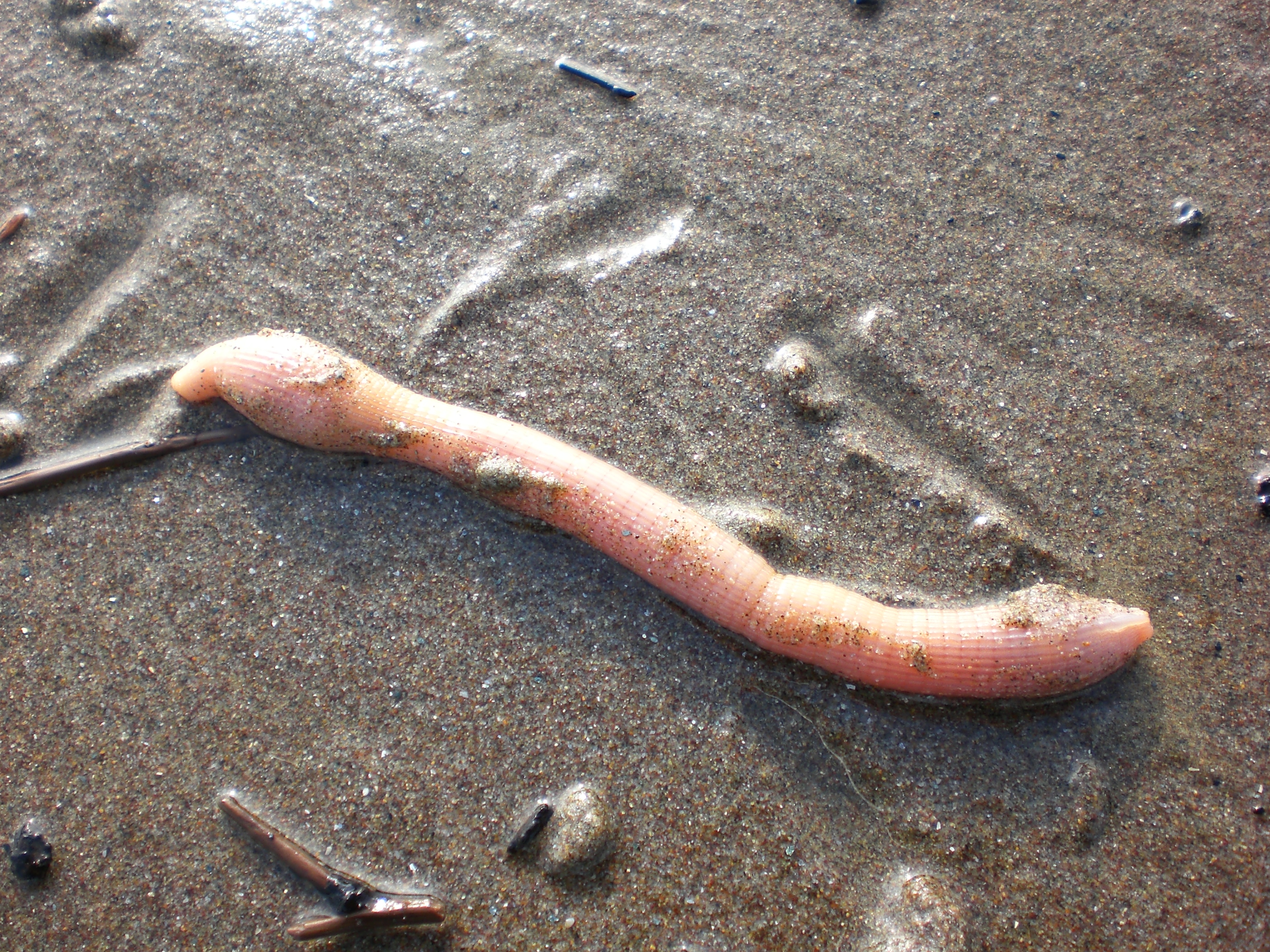|
Creolimax
''Creolimax fragrantissima'' is a single-celled protist that occupies a key phylogenetic position to understand the origin of animals. It was isolated from the digestive tract of some marine invertebrates, mainly from the peanut worm, collected from the Northeast Pacific. Taxonomy ''Creolimax'' is a member of the Ichthyosporea, which is the earliest branching holozoa Holozoa is a group of organisms that includes animals and their closest single-celled relatives, but excludes fungi. ''Holozoa'' is also an old name for the tunicate genus ''Distaplia''.'' Because Holozoa is a clade including all organisms mor ...n lineage. Applications ''Creolimax'' is one of the few ichthyosporeans that is culturable. It can be easily grown in the lab through cycles of asexual reproduction. Each cycle comprises two stages. First, a growth stage, in which the cells, which are non-motile, contain several nuclei, a cell wall, and a big central vacuole. This stage is followed by a release of ... [...More Info...] [...Related Items...] OR: [Wikipedia] [Google] [Baidu] |
Ichthyosporea
The Mesomycetozoea (or DRIP clade, or Ichthyosporea) are a small group of Opisthokonta in Eukaryota (formerly protists), mostly parasites of fish and other animals. Significance They are not particularly distinctive morphologically, appearing in host tissues as enlarged spheres or ovals containing spores, and most were originally classified in various groups as fungi, protozoa, or colorless algae. However, they form a coherent group on molecular trees, closely related to both animals and fungi and so of interest to biologists studying their origins. In a 2008 study they emerge robustly as the sibling-group of the clade Filozoa, which includes the animals. Huldtgren et al., following x-ray tomography of microfossils of the Ediacaran Doushantuo Formation, has interpreted them as mesomycetozoan spore capsules. Terminology The name DRIP is an acronym for the first protozoa identified as members of the group, Cavalier-Smith later treated them as the class Ichthyosporea, since ... [...More Info...] [...Related Items...] OR: [Wikipedia] [Google] [Baidu] |
Protist
A protist () is any eukaryotic organism (that is, an organism whose cells contain a cell nucleus) that is not an animal, plant, or fungus. While it is likely that protists share a common ancestor (the last eukaryotic common ancestor), the exclusion of other eukaryotes means that protists do not form a natural group, or clade. Therefore, some protists may be more closely related to animals, plants, or fungi than they are to other protists. However, like the groups '' algae'', ''invertebrates'', and '' protozoans'', the biological category ''protist'' is used for convenience. Others classify any unicellular eukaryotic microorganism as a protist. The study of protists is termed protistology. History The classification of a third kingdom separate from animals and plants was first proposed by John Hogg in 1860 as the kingdom Protoctista; in 1866 Ernst Haeckel also proposed a third kingdom Protista as "the kingdom of primitive forms". Originally these also included prokaryotes ... [...More Info...] [...Related Items...] OR: [Wikipedia] [Google] [Baidu] |
Sipuncula
The Sipuncula or Sipunculida (common names sipunculid worms or peanut worms) is a class containing about 162 species of unsegmented marine annelid worms. The name ''Sipuncula'' is from the genus name ''Sipunculus'', and comes from the Latin ''siphunculus'' meaning a "small tube". Sipuncula was once considered a phylum, but was demoted to a class of Annelida, based on recent molecular work. Sipunculans vary in size but most species are under in length. The body is divided into an unsegmented, bulbous trunk and a narrower, anterior section, called the "introvert", which can be retracted into the trunk. The mouth is at the tip of the introvert and is surrounded in most groups by a ring of short tentacles. With no hard parts, the body is flexible and mobile. Although found in a range of habitats throughout the world's oceans, the majority of species live in shallow water habitats, burrowing under the surface of sandy and muddy substrates. Others live under stones, in rock crevic ... [...More Info...] [...Related Items...] OR: [Wikipedia] [Google] [Baidu] |
Holozoa
Holozoa is a group of organisms that includes animals and their closest single-celled relatives, but excludes fungi. ''Holozoa'' is also an old name for the tunicate genus ''Distaplia''.'' Because Holozoa is a clade including all organisms more closely related to animals than to fungi, some authors prefer it to recognizing paraphyletic groups that mostly consists of Holozoa minus animals. Perhaps the best-known holozoans, apart from animals, are the choanoflagellates, which strongly resemble the collar cells of sponges, and so were theorized to be related to sponges even in the 19th century. ''Proterospongia'' is an example of a colonial choanoflagellate that may shed light on the origin of sponges. The affinities of the other single-celled holozoans only began to be recognized in the 1990s. The sub-classification Ichthyosporea or Mesomycetozoea contains a number of mostly parasitic species. The amoeboid genera ''Ministeria'' and ''Capsaspora'' may be united in a group call ... [...More Info...] [...Related Items...] OR: [Wikipedia] [Google] [Baidu] |


